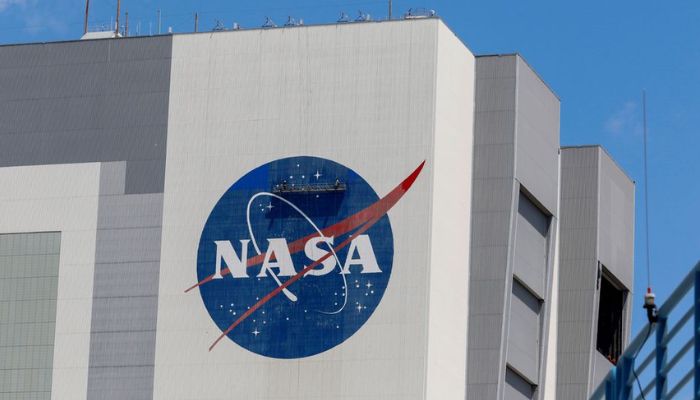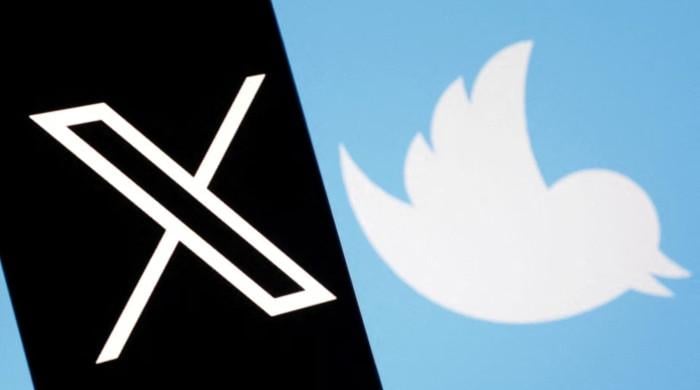NASA blasts off from Australian Outback in 'historic' launch
According to NASA, launch offers unique glimpse of distant systems and unlocked fresh possibilities for scientists
June 27, 2022

- Rocket blasts about 350 kilometres into night sky.
- Its task is to capture data on star systems.
- According to NASA, launch offers unique glimpse of distant systems.
Nasa’s first-ever launch from a commercial site outside of the United States blasted off from Australia’s Outback late on Sunday, in a “historic” moment for the country’s space industry.
In the first of three planned launches from the Arnhem Space Centre, the rocket, carrying technology likened to a “mini Hubble” telescope, lifted off — blasted about 350 kilometres (218 miles) into the night sky.
“It is a momentous occasion for us as a company in particular, but it’s historic for Australia,” Equatorial Launch Australia CEO Michael Jones said ahead of the lift-off.
Jones, whose company owns and operates the launch site in the far north of Australia, described it as a “coming out” party for the country’s space industry and said the chance to work with NASA was a milestone for commercial space firms in the country.
After a series of rain and wind delays, the suborbital-sounding rocket soared into the sky to study x-rays emanating from the Alpha Centauri A and B systems. After reaching its apogee, the rocket’s payload was to capture data on the star systems before parachuting back to earth.
According to NASA, the launch offers a unique glimpse of the distant systems and unlocked fresh possibilities for scientists.
“We’re excited to be able to launch important science missions from the Southern Hemisphere and see targets that we can’t from the United States,” Nasa’s Heliophysics Division director said on announcing the mission.









